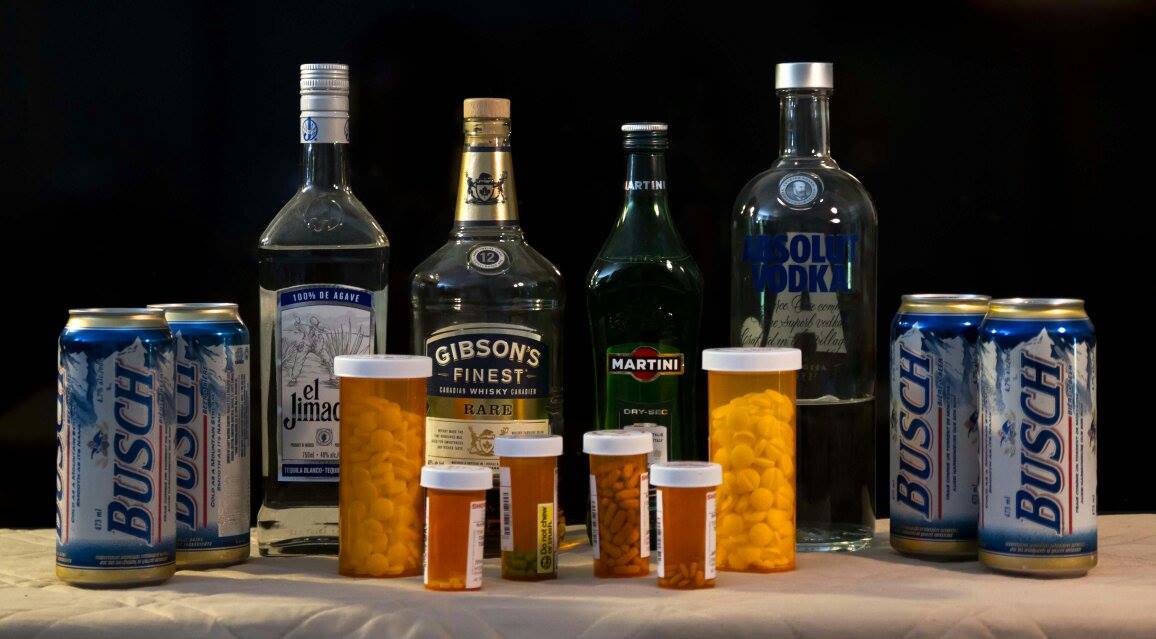Brewing Lager, Brewing the perfect lager at home, Lager brewing, Stepping up to lager brewing

Brewing lager speaks to brewing the perfect lager at home, lager brewing and stepping up to lager brewing.
Lager unlike Ale is a beer that is stored for at least three weeks before being served. It is most often served chilled. Lager includes beer such as Pilsner, Export and Marzen and the most common is pale lager.
In mid 20th century, a process known as continuous fermentation was developed. Continuous fermentation allowed the production of brewing lager at a much faster pace, however with a reduction in flavour. This development made possible the mass production of lager beer at a rate competitive with ales.
Since then, pale lager has displaced ale as the type of beer most consumed in the United Kingdom, and also constitutes the overwhelming majority of beer produced and sold in the United States, China, India, Japan, France, Italy, Russia and most, if not all, countries where beer is made and consumed.
As the modern definition of lager relates only to the method of fermentation, the characteristics of lager beers are varied.
The average lager in worldwide production is light in color and usually represents the helles, pale lager or Pilsener styles. The flavor of these lighter lagers is usually mild and the producers often recommend that the beers be served refrigerated. However, the examples of lager beers produced worldwide vary greatly in flavor, color, and composition.
Unlike ale, lager yeast ferments at a lower temperature at the bottom of the fermenting vessel.
The flavour of a lager can be quite simple, with the most mild being light lagers. Lagers with the most complex flavors are typically the darkest, although few lagers feature strong hop flavoring compared to ales of similar alcohol by volume.
In general, however, lagers display less fruitiness and spiciness than ales, simply because the lower fermentation temperatures associated with lager brewing cause the yeast to produce fewer of the esters and phenols associated with those flavours.
Brewing lager usually yield the highest alcohol by volume beer with some German styles reaching 14%. This lager beer is usually brewed in the style which originated in Continental Europe in that the grain bill is composed mostly of Pilsener malt, Vienna malt or Munich malt with caramel malts added to improve sweetness and head retention and other malts added only for color.
The selection of hops is usually from noble hops such as Saaz, Hallertau, Tettnanger, Strisselspalt or Lubelski.
Return from brewing lager to homepage
Hard copy and E book for sale. What's Killing You and What You Can Do About It. Click here.
Hard copy and E book for sale. Introduction to Building Mechanical Systems. Click here.